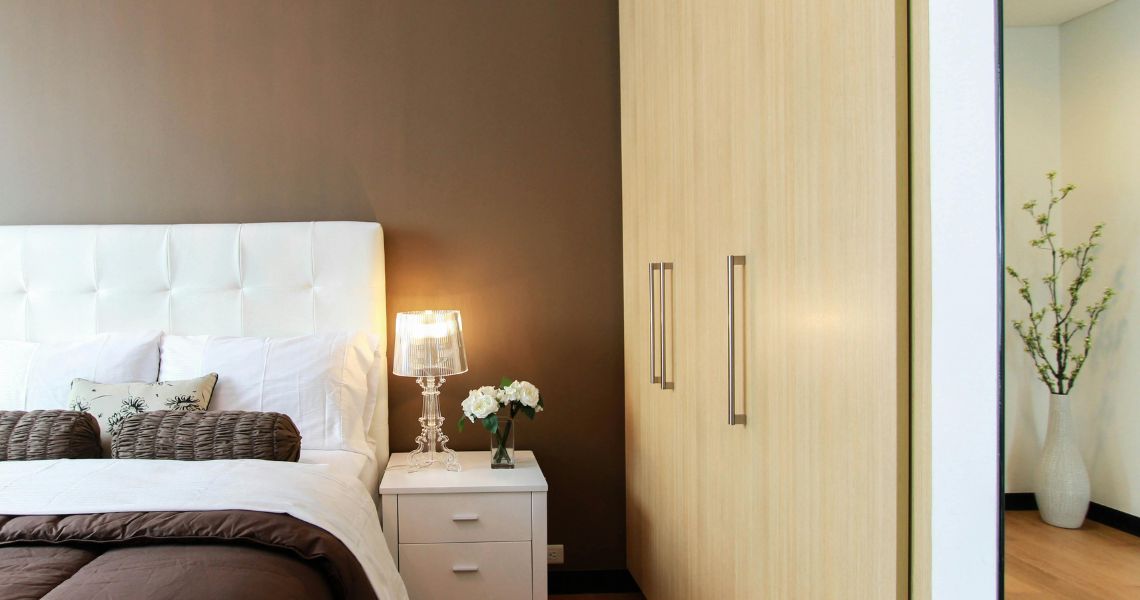Sustainability begins right at your feet when it comes to home design. Opting for eco-friendly flooring is a step towards a greener future while enhancing your home’s appeal and functionality. As environmental concerns grow, many homeowners turn to sustainable options that blend style, durability, and eco-credentials seamlessly.
If you’re considering a flooring upgrade, why not explore a sustainable eco-friendly flooring choice that supports the environment while elevating your living space?
The Environmental Costs of Traditional Flooring
Traditional flooring options such as hardwood, carpet, and vinyl often carry hidden environmental costs. The production of these materials can lead to deforestation, high energy consumption, and chemical emissions. For instance, harvesting mature trees for hardwood can result in deforestation if not sourced responsibly. Carpets, too, can emit volatile organic compounds (VOCs), which may harm indoor air quality.

Choosing eco-friendly alternatives can significantly reduce your home’s carbon footprint and prevent these environmental impacts. Green flooring options often offer durability and require less maintenance over time. Bamboo and cork, for example, are rapidly renewable resources that provide resilience and natural resistance to pests and moisture. By selecting sustainable and long-lasting materials, homeowners can enjoy attractive floors while supporting environmental sustainability.

Moreover, eco-friendly floors can enhance the overall aesthetic of your home without compromising on style. They cater to various tastes, from modern minimalism to rustic charm, ensuring your style is reflected in your home’s design.
Popular Eco-Friendly Flooring Options
Bamboo is popular due to its rapid growth and strength, making it ideal for high-traffic areas. Cork, harvested from the bark of cork oak trees, is another excellent option, known for its renewable nature, cushioned feel, and outstanding insulation properties.

Reclaimed wood provides a sustainable choice by combining the beauty of traditional hardwood with eco-consciousness. Repurposing wood from old structures reduces waste and adds unique character to your space. Recycled tiles made from glass or porcelain also offer stunning designs while diverting materials from landfills. These options present a perfect blend of style and sustainability for any renovation undertaking. Stories Flooring offers a comprehensive range of eco-friendly flooring solutions that have been adapted to provide various styles, textures, and colours to complement any home design.

Materials like linoleum made from natural substances such as linseed oil, cork dust, and jute offer an enduring and biodegradable option that is both practical and eco-friendly. With so many options, finding the right flooring to suit your aesthetic and environmental preferences is easier than ever.
Choosing Eco-Friendly Flooring: Key Considerations
When selecting eco-friendly flooring, consider the entire life cycle of the material from production to disposal. Look for certifications like the Forest Stewardship Council (FSC) for wood products or the Cradle to Cradle certification, ensuring materials are sourced and manufactured responsibly. These certifications provide peace of mind that your choices align with eco-friendly standards.


Also, think about the installation process and the adhesives used. Opt for low-VOC glues and finishes to maintain indoor air quality. Consider the maintenance needs of each flooring type as well. For example, linoleum requires minimal upkeep, which is practical for busy households. Paying attention to these details can help you make informed decisions that align with your environmental values and lifestyle needs.
Moreover, consider the longevity and lifecycle costs of your flooring. While the initial investment might be higher for some eco-friendly options, the long-term maintenance and energy cost savings often outweigh these initial expenses.
Advantages of Eco-Friendly Flooring in Your Home
Installing eco-friendly flooring offers numerous benefits beyond environmental responsibility. Such materials often enhance indoor air quality by emitting fewer harmful chemicals. For instance, natural carpets made from wool or sisal are hypoallergenic and free from synthetic dyes and treatments, fostering a healthier living environment.

Sustainable flooring materials also provide excellent thermal and acoustic properties, contributing to energy efficiency and comfort. Cork, for instance, offers natural insulation that helps maintain a consistent indoor temperature, potentially lowering heating and cooling costs. Additionally, the unique textures and finishes available with eco-friendly options can add a distinctive touch to your home, showcasing your commitment to sustainability through stylish design.
Integrating eco-friendly flooring into your home reflects sustainable values and enhances your living space’s overall quality and comfort. Whether you’re renovating a single room or your entire home, explore the wide array of sustainable flooring options that meet your design preferences and environmental goals.
Images courtesy of unsplash.com and pexels.com.












